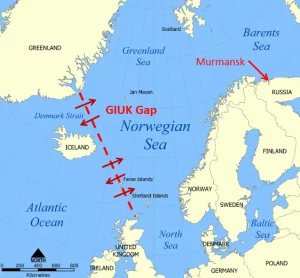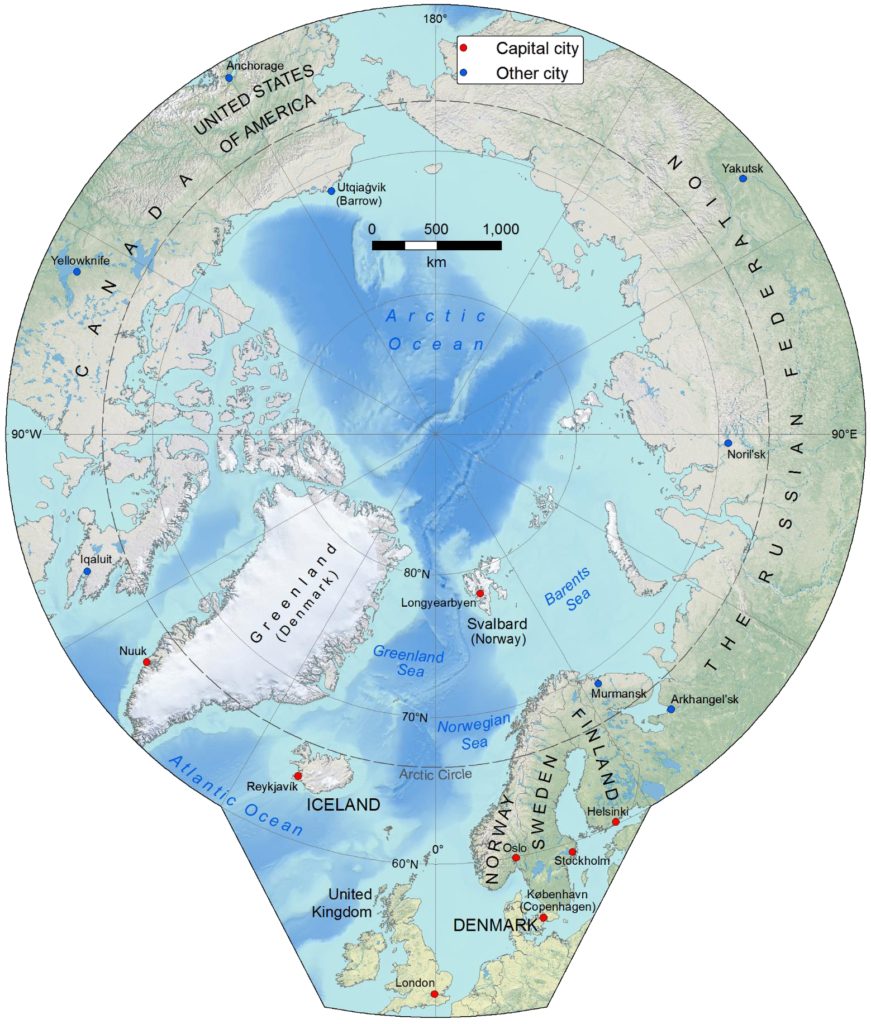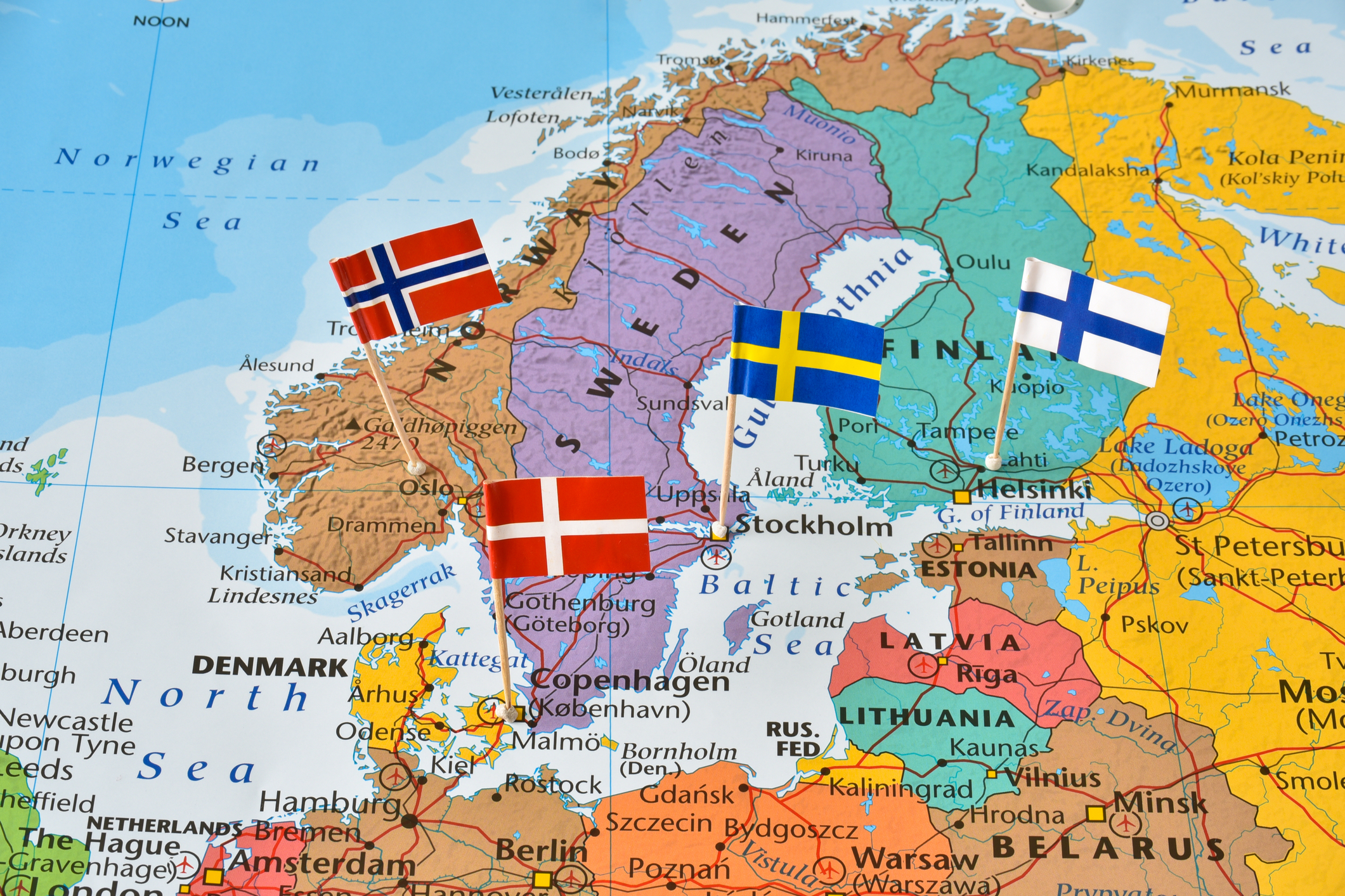By Robbin Laird
The coming of Finland and Sweden into NATO changes how the defense of Northern Europe is worked. As Admiral (Retired) Nils Wang has put it: “Now one needs to think in terms of defence of the North of Europe from Iceland to the Finnish and Norwegian borders.
“How do we build capacities which can operate throughout this entire region and deliver the kind of defence and crisis management effects that can deter Russia or for that matter Chinese intrusions into Nordic economic, security and defence concerns?”
I continued my discussion on the challenges and opportunities for reworking Northern European defense with my colleague Hans Tino Hansen, the CEO of the Danish firm Risk Intelligence. In a phone interview I did with him in early November 2022.
He started the conversation by underscoring that he sees the Northern European defense area as one broad continuous area ranging from North America across the North Atlantic and the Arctic with the Nordic countries and into the Baltic with three clusters of dense problems, each of which change somewhat the key states in that cluster.
The first is a North Atlantic challenge associated with the Greenland-Iceland-UK gap. Here the Kingdom of Denmark and Norway along with Iceland are the lead states from the Nordic region, but as Sweden reworks it air-maritime approaches it could be an indirect contributor as well.

The second is the security and defense areas associated with the High North. In NATO until now, Norway has been the leader on these issues, but the entrance of Finland and Sweden into NATO provide strong opportunity for significant challenge in collaborate approaches. The first steps have already been taken between the three countries and going forward a mutual combined corps-level command could enable development of doctrines and defense planning.

Credit: https://www.gov.uk/government/publications/the-uks-defence-contribution-in-the-high-north/the-uks-defence-contribution-in-the-high-north
The third area is that of the Baltic Sea and region. This area could see the possibility of significant innovation. On the one hand, the Baltic Sea becomes a “NATO” area as all the states on that Sea are NATO members with Russia’s entrance to the Baltic coming through the Gulf of Finland and with Kaliningrad as an even more isolated “island”.
Much innovation could be generated in the security and defense of the Baltic Sea through innovations in maritime sensors, robotics and shared ISR systems.
Hans Tino Hansen underscored: “Even in this area there are distinctive differences in the tasks with Norway, Finland, Poland and the three Baltic republics being frontline states. This leaves the other Nordic states with the important task to take part in the defense of these states along with Germany and Poland as well as UK and USA as well as delivering Host Nation Support to reinforcements travelling through their territory.”
An ability to project power in their defense through collaboration in ground capabilities and the ability to project air-ground power through lift systems and innovations in ground maneuver forces will be significant in shaping an effective way ahead.

Credit: https://www.nato.int/docu/review/articles/2016/03/17/securing-the-nordic-baltic-region/index.html
The point is really rather straightforward – there is no single defense problem with same defense solution or the same lead state in shaping solution. Each state can contribute assets to common defense problems, but each state might well lead with an “unbalanced” force structure – air versus maritime versus land systems — which that state’s lead role within a particular “defense cluster” within the overall defense challenges faced by the region.
Hans Tino Hansen argued that the “current NATO command structure has been built for another time, which was a time of “peace dividend” with reductions of NATO structures, and engagement in out of area operations. The chiefs of defense of the four Nordic nations have argued for a command structure in NATO, where the region is subordinated to one command and not to two, JFC Norfolk and JFC Brunsum.”
He takes the argument one step further and argues that “the creation of a new JFC command for the northern region like AFNORTH during the Cold War will be a strong driver in the process of integrating Finnish and Swedish defense with existing member NATO countries in the region. Taking into consideration, the size of the combined planned forces in all domains in the region as well as potential reinforcements to the region, it may be more than challenging to handle and develop this with the existing NATO command structure.”
How to shape the most effective integrated force for the region in light of the different dense clusters and the ability of the nations to emphasize their specific capabilities and contributions rather than having unnecessary duplications of capabilities?
The region features a number of the key security problems for the new era as well. How to defend offshore facilities from drone attacks? How to monitor undersea threats to infrastructure? How to defend undersea infrastructure?
The Nordic innovations in Northern defense can intersect well with the innovations started with the stand up of Second Fleet and Allied Joint Forces Command Norfolk. This will intersect most notably with regard to common infrastructure, basing and sustainment decision. A new era of significant innovation in Northern European and North Atlantic defense could be opening up.
I talked with the Admiral who led the initial efforts in Norfolk to re-establish Second Fleet and to standup Allied Joint Forces Command Norfolk about the impact of the Nordic innovations. For Vice Admiral (Retired) Lewis: “With the changes in the Nordic region, there will be an opportunity, for JFC Norfolk to become a four-star command on an equivalent level with JFC Brunssum and Naples from a rank standpoint. We could also have a subordinate command physically stationed in the Nordic nations, that would have the effect of pulling the continents together whereas JFC Norfolk is stationed obviously in the continental United States.
“This would allow for significant innovation in thinking through how, in a practical sense, operations from east to west and west to east in the North Atlantic battlespace.”
Featured Graphic: Credit: Dreamstime


